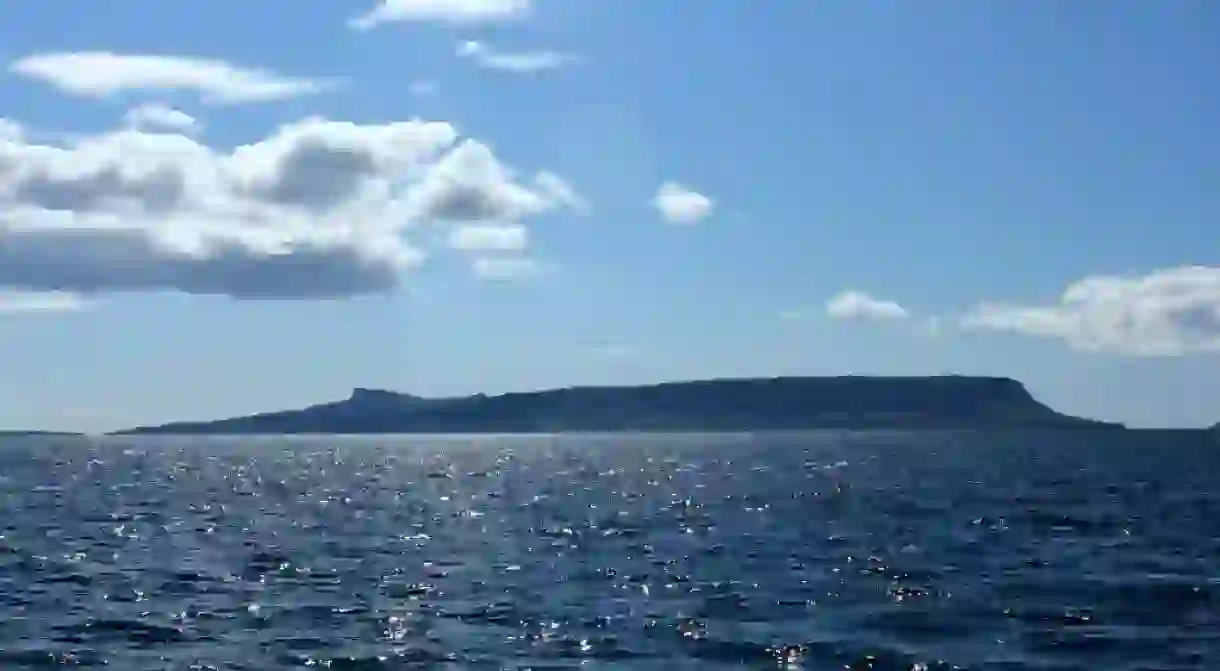The Story Behind the Warrior Women of Scotland's Isle of Eigg

Home to a population of just less than 100, the Isle of Eigg, Britain’s most eco-friendly island, is a world leader in the art of sustainable energy. And yet, this breath-taking place of verdant splendour conceals a past as tumultuous as the waters that trace it. At one time, giant warrior women were said to roam this tiny unsuspecting island of Scotland.
Long before it was nicknamed the Isle of Flowers by naturalists, Eigg was known in Gaelic as Eilean Nimban More, or the Island of the Powerful Women, until the 16th century. Archaeological evidence shows that Eigg hosted humans as early on as the Neolithic era, but fortification occurred around the end of the Iron Age. One such fort stood on a natural island at Loch nam Ban Mora, or the Loch of the Big Women, where it is said that abnormally large women resided.

Whether these women were warriors is up for debate. However, women play an important role in the history of St Donnan, the patron saint of Eigg, who ventured to the island with high hopes of salvation for all. A man with a mission, St Donnan was an Irish missionary and priest who landed on Eigg to spread the Christian word of the Gospel to the Picts. He founded a monastery on the island and established a community with his followers, which allegedly grew into a group of around 52 monks.

All was well, until one day in 617AD. As one story goes, during mass, a horde of female bandits barged into the church with a murderous look in their eyes. It is said that St Donnan requested to be killed after worship was over, to which the women agreed. When the words of the last prayer resonated throughout the holy building, St Donnan and his men were slaughtered and beheaded one by one in what can only be described as a brutal bloodbath.

Some stories state that pirates did the dastardly deed, and others claim it was a Pictish Queen with an intense disdain for the Christian faith. Another account explains how a wealthy woman hired bandits to kill the men because St Donnan built his monastery on the same land where her sheep grazed.
The more popular version, however, points the finger at the ‘large, powerful warrior women’ who lived on the Sgurr, the menacing lump of quartzite famed as the largest pitchstone ridge in Europe. In this particular tale, legend has it that the bodies of the newly deceased were buried and subsequently burned.

However, after their martyrdom, the women were fixated by a flurry of unworldly lights flickering above the patch where the dead men were. Stunned and curious, they followed this anomaly until they reached the Sgurr, where the beguiling lights continued to woo the warrior women as they waded deeper and deeper into the Loch of the Big Women, eventually going so far that they drowned and died.
Although many versions of the legend exist, there’s no denying the presence of strong, powerful and large female figures throughout Eigg’s history and folklore.














